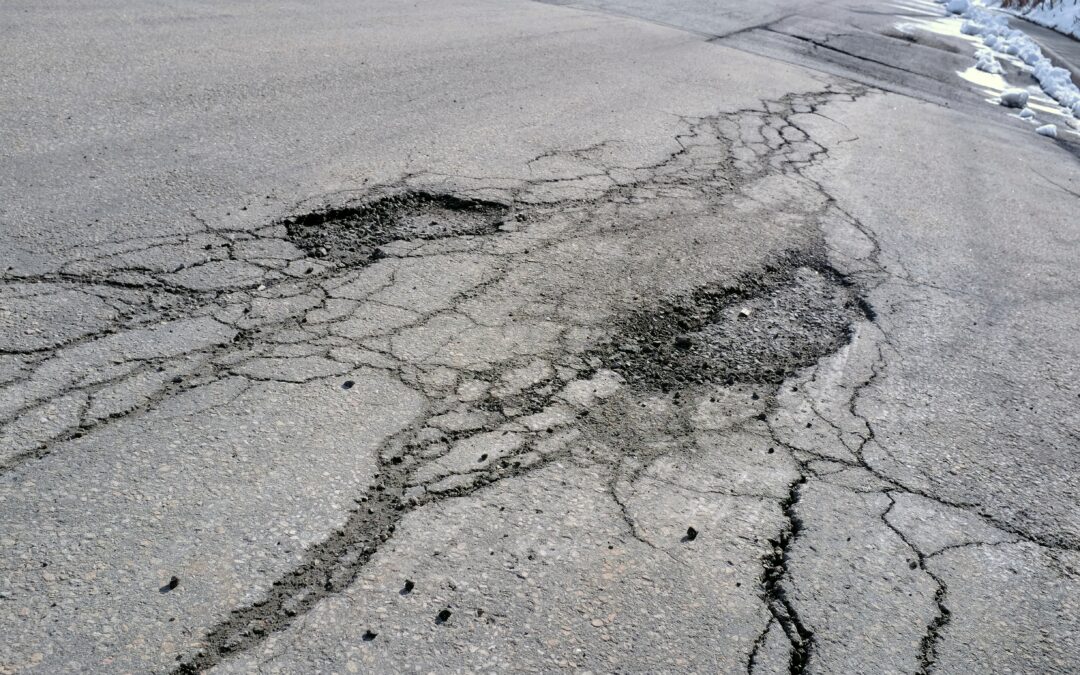This story originally appeared in MLive. Read the full story here.
Michigan’s roads are deteriorating faster than they can be fixed, sparking continued calls for new funding streams for infrastructure maintenance and repairs.
As of 2023, about 67% of lane miles were either in “good” or “fair” condition, according to the Transportation Asset Management Council. Assessments are made using the Pavement Surface Evaluation and Rating (PASER) system.
That means the remaining 33% of evaluated lane miles were in “poor” condition, meaning they’re in need of structural improvement and leveling or full reconstruction.
State-owned highways — those with an I-, U.S.- or M-designation — have it better with almost 76% in good/fair condition, according to the 2023 road and bridge report, published summer 2024. Local roads, on the other hand, have it worse. Looking just at non-federal-aid eligible lane miles, 54% were good/fair during the latest evaluation.
Gov. Gretchen Whitmer made fixing Michigan’s roads a priority on the campaign trail in 2018 and has continued to reiterate her intent to “fix the damn roads.”
However, her plan to increase revenue via a tax hike failed soon after she took office and no long-term replacement plan has been adopted to combat the annual deficit.
Achieving better pavement conditions has been an issue in Michigan for decades.
Using the Pavement Surface Evaluation and Rating (PASER) system, roads are assessed a value from 1 to 10, with extensive surface distress earning a “1″ and newly constructed roads earning a “10.”
Federal-aid-eligible roads have to be evaluated at least every two years, while non-federal-aid roads don’t have that requirement. Both are included in MTAMC’s annual report, the next of which is expected in summer 2025 and will include 2023 and 2024 ratings.

